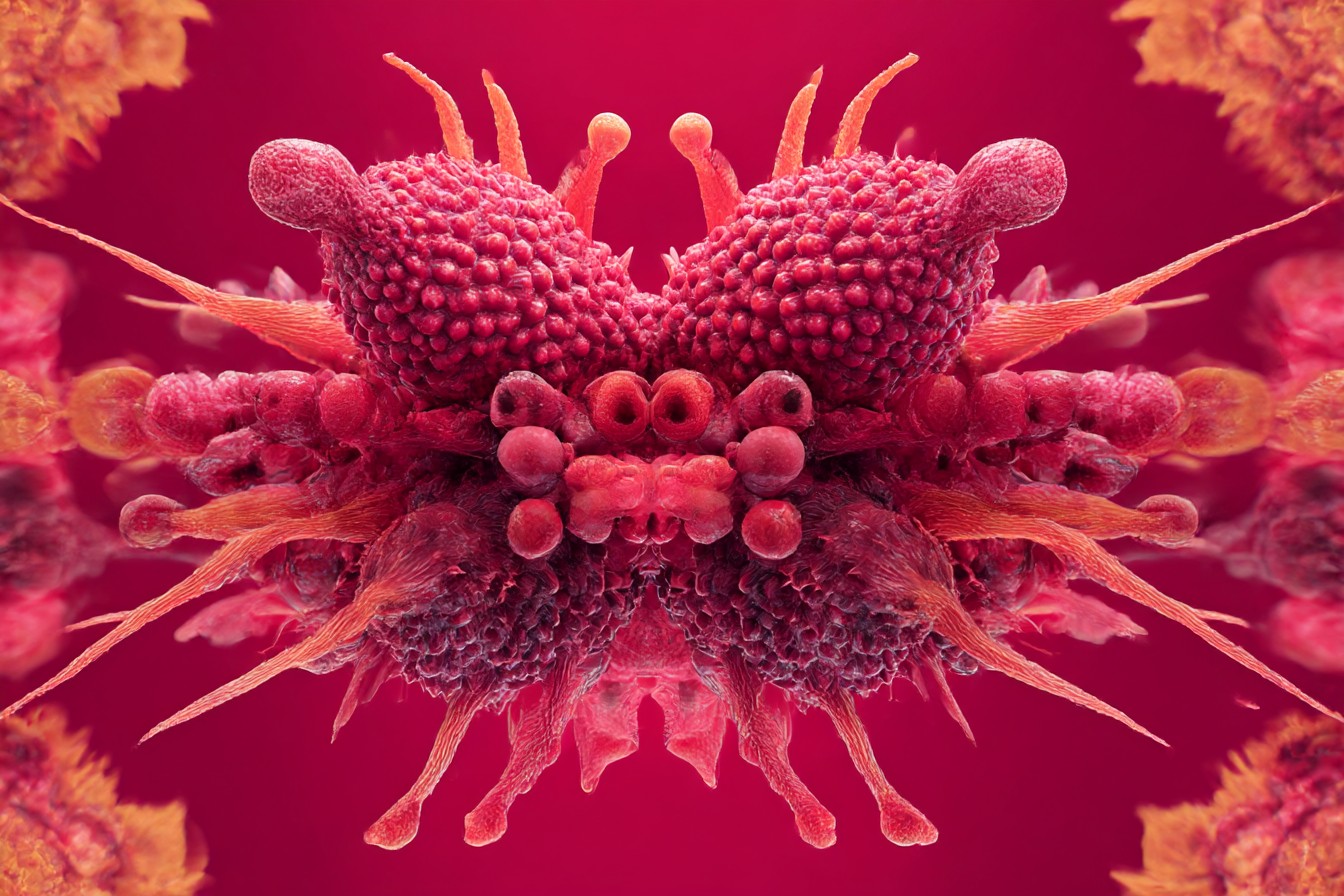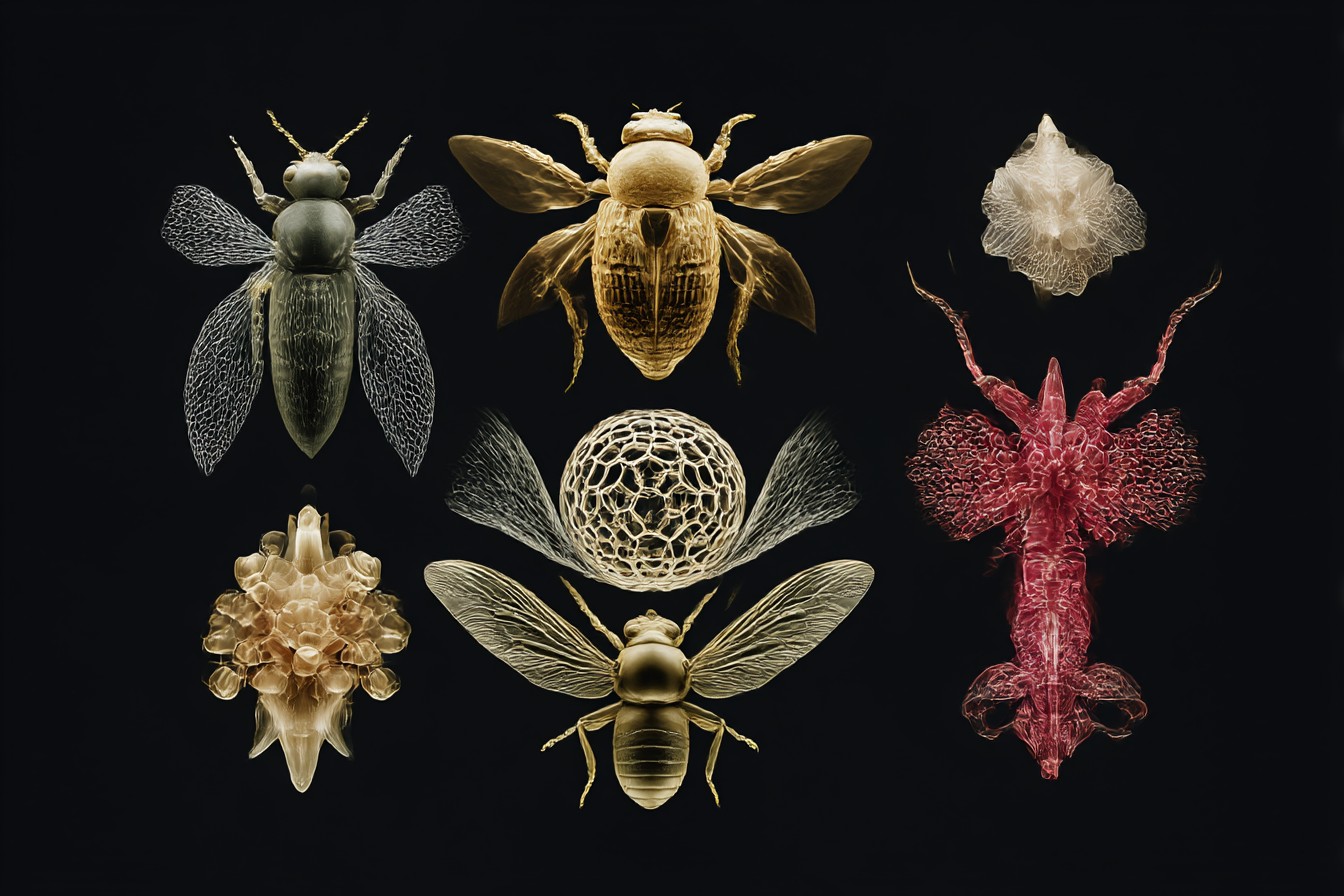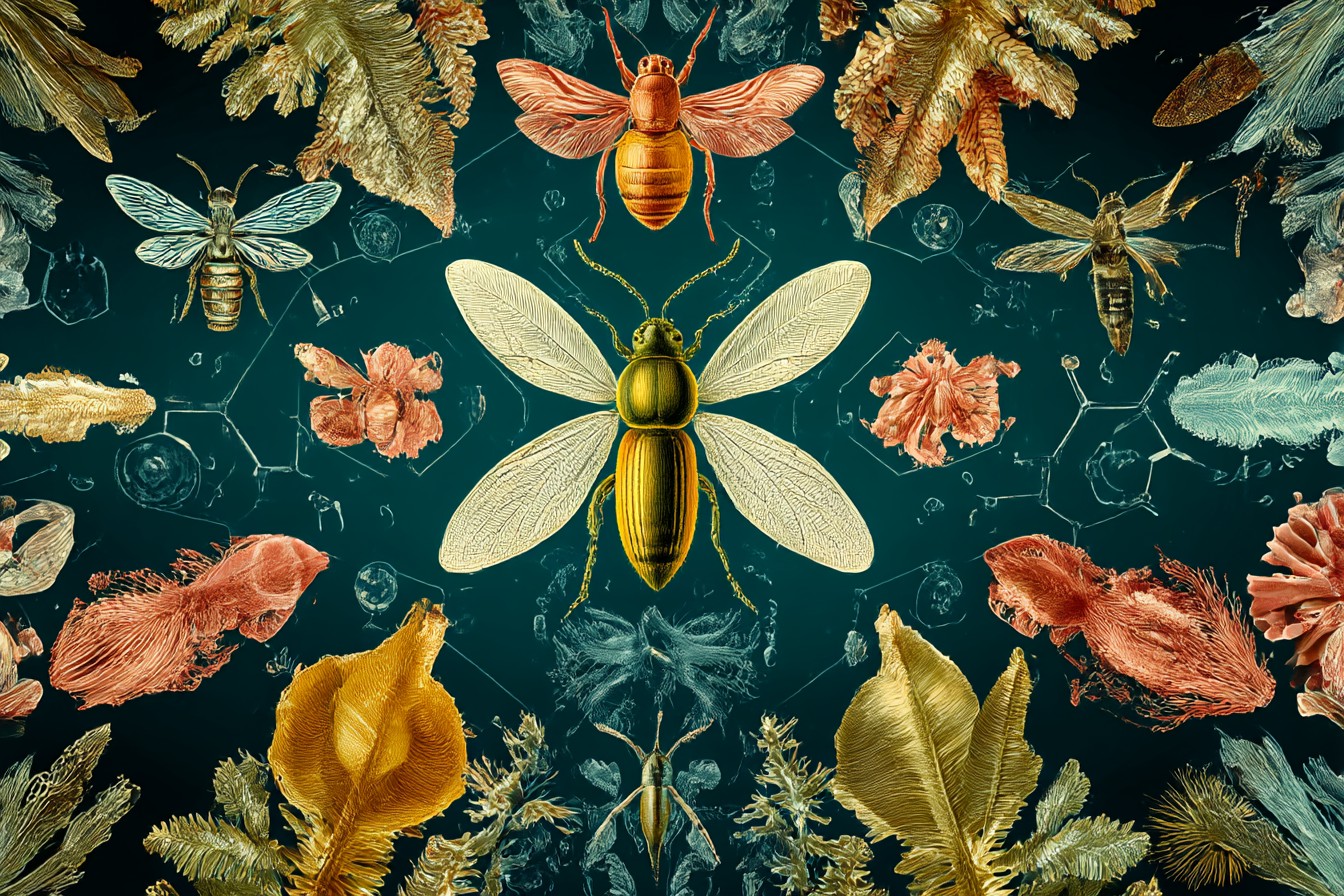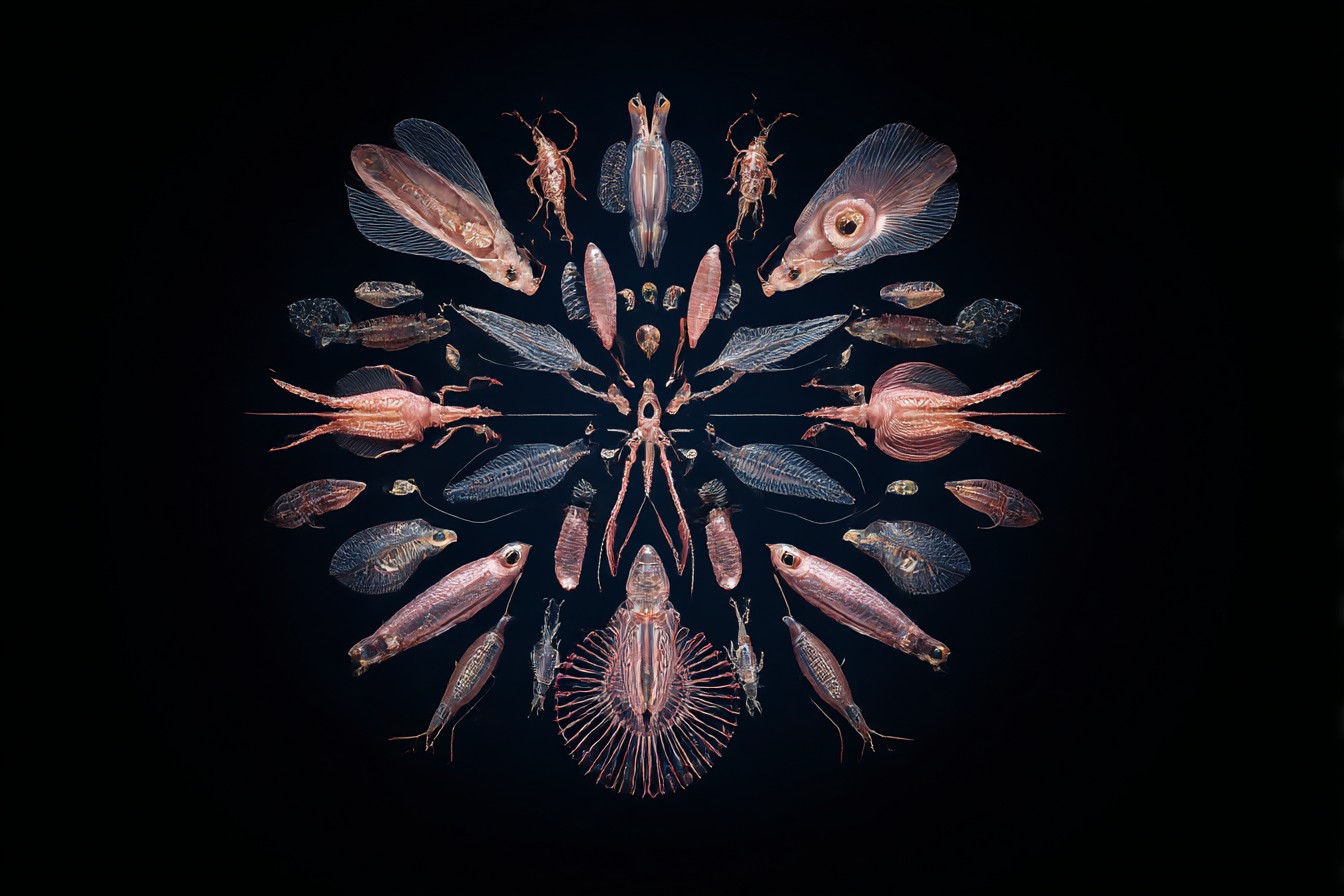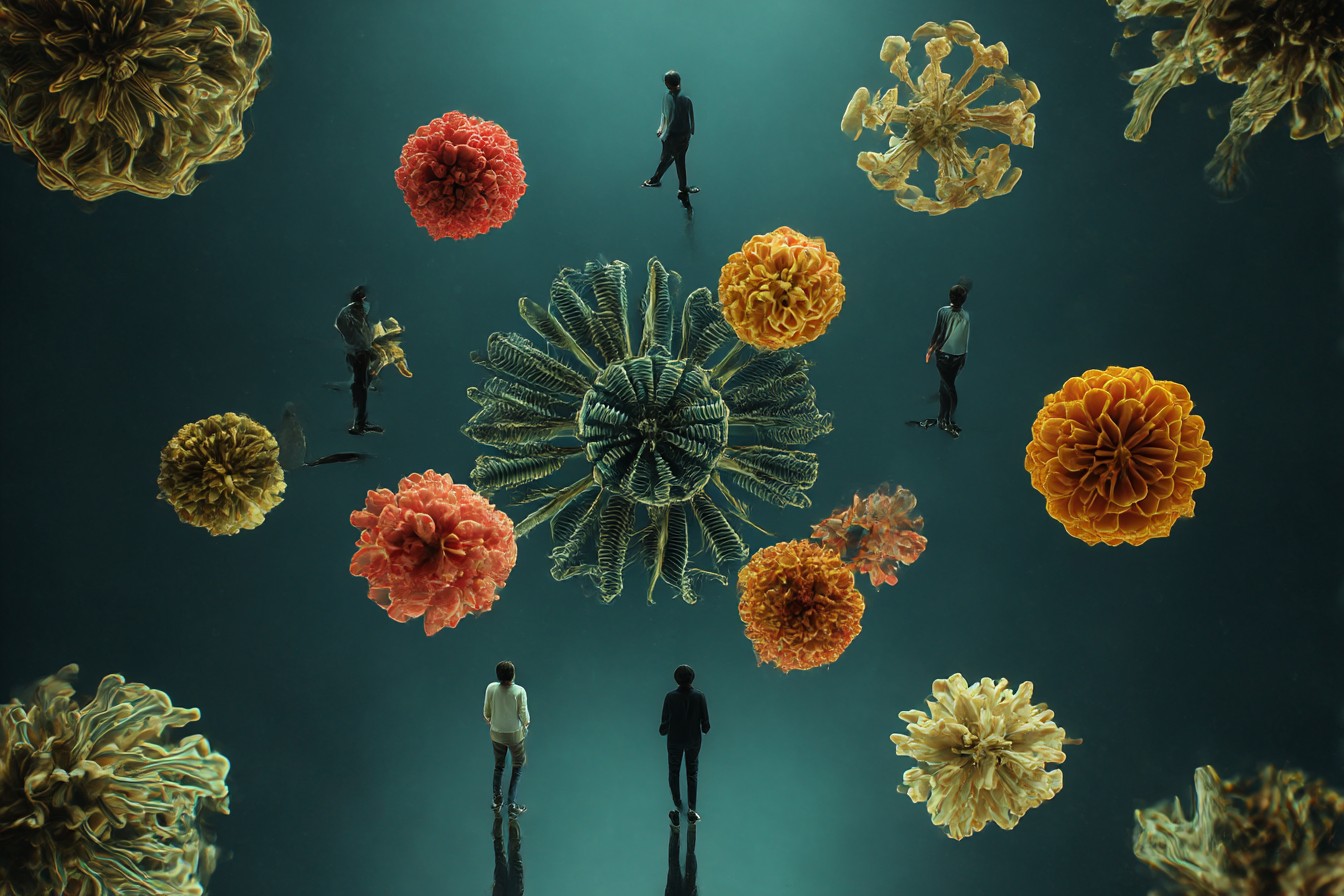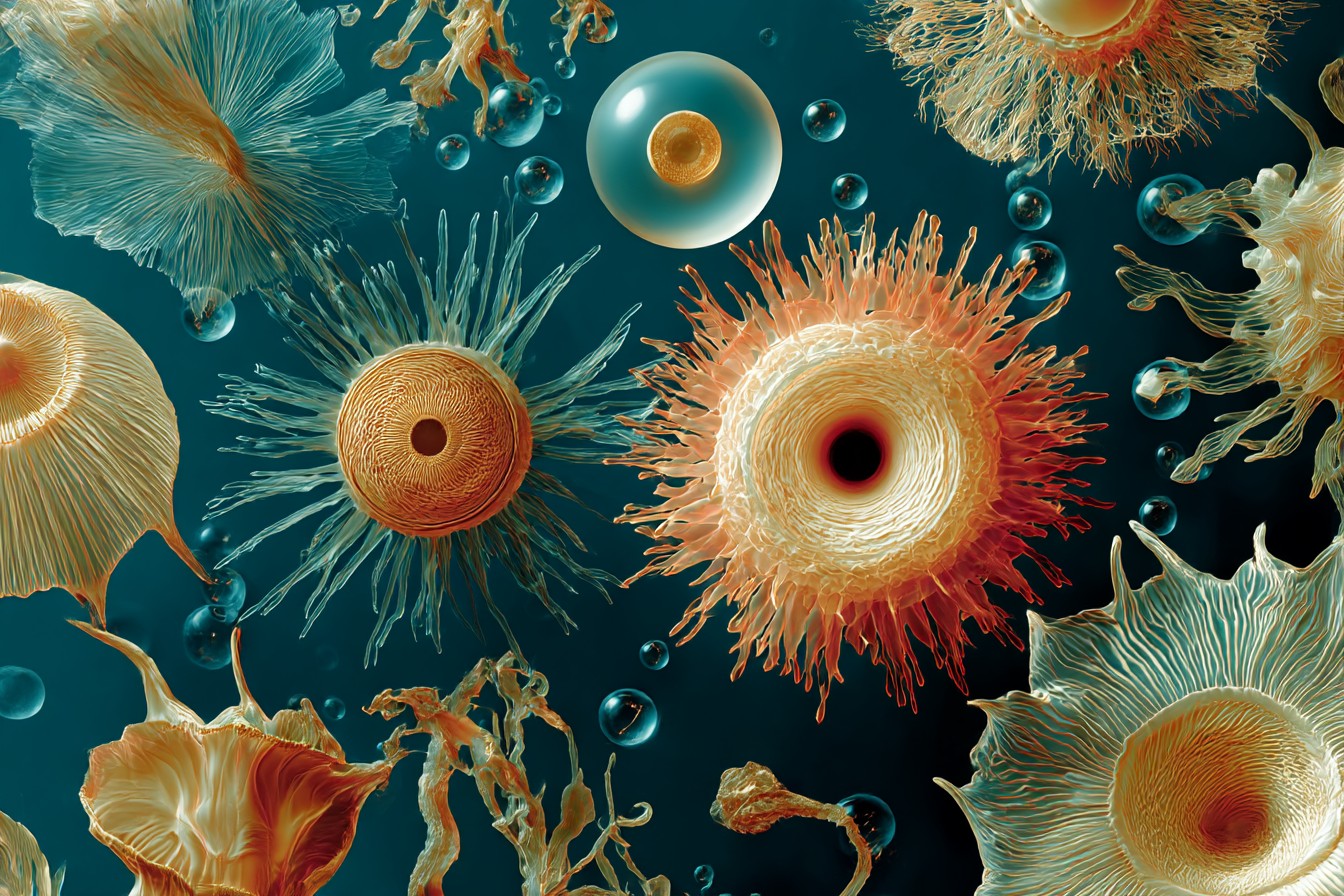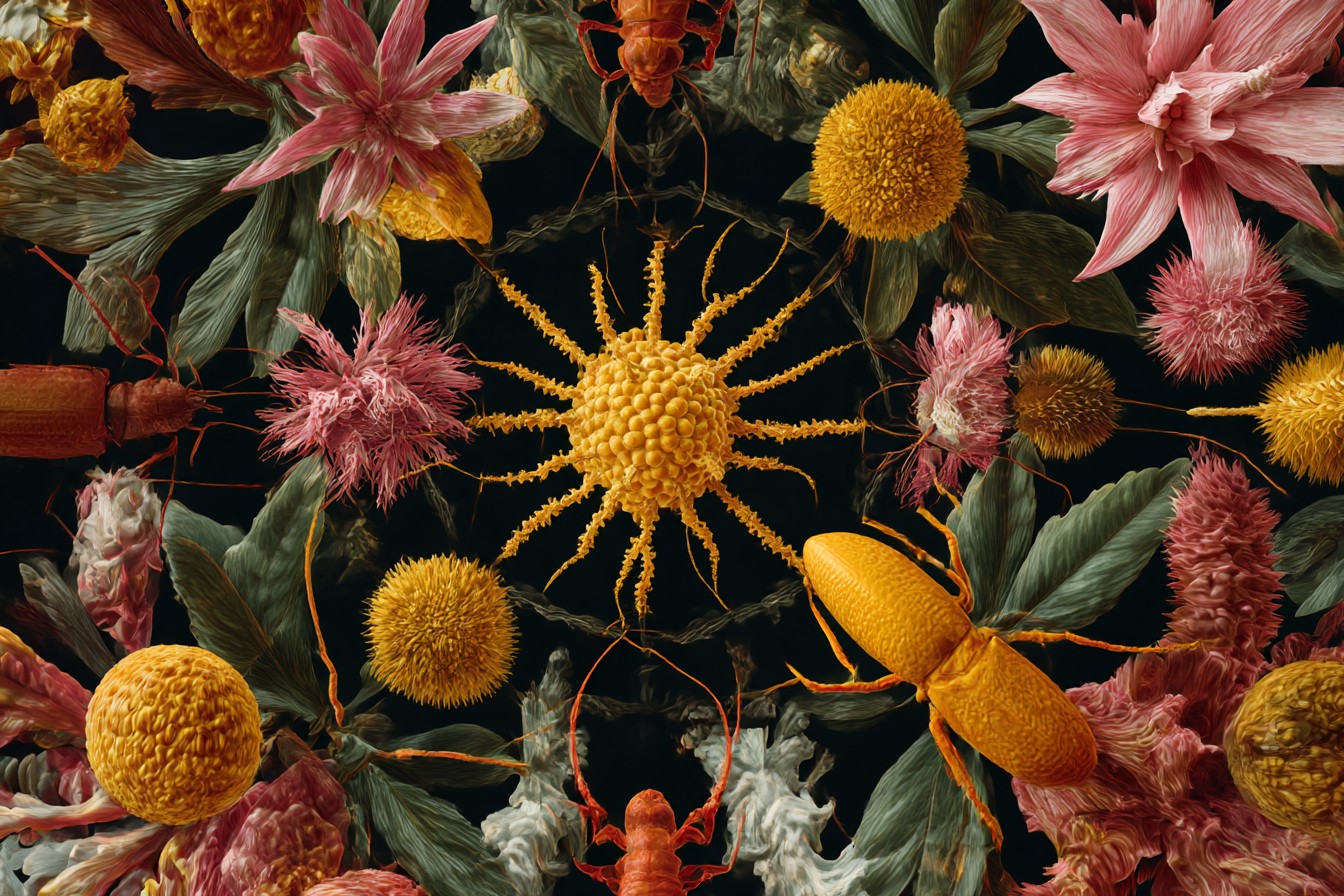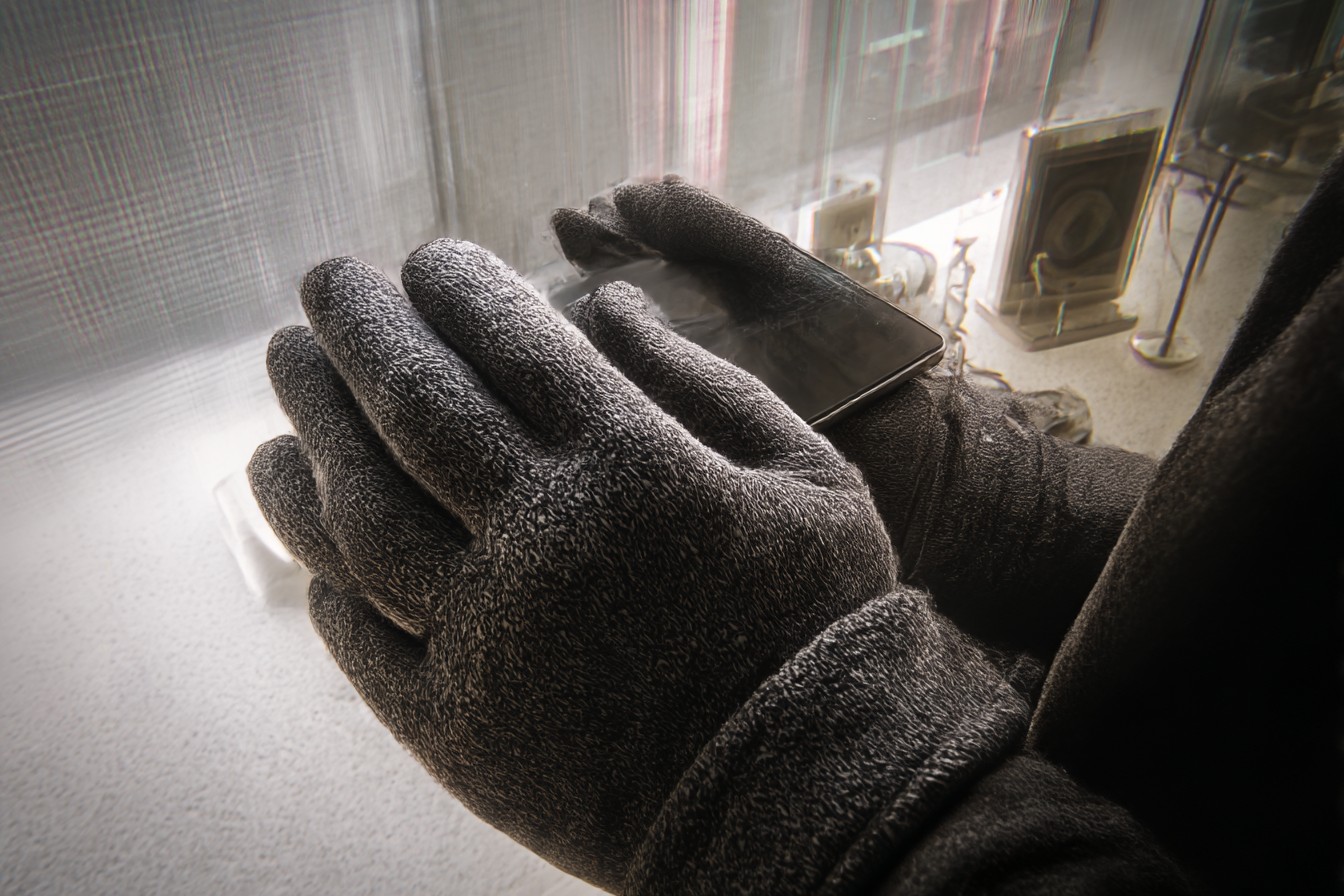It all started with ants. Ordinary, everyday garden ants that I watched for hours as a child, fascinated by their silent, coordinated movements. How did they communicate so effectively without words? The answer, of course, was chemical signaling—pheromones. Those tiny scent breadcrumbs guiding their colony mates to food sources and warning of dangers with more efficiency than any human emergency broadcast system.
Fast forward twenty years, and I found myself in my makeshift home lab, staring at a whiteboard covered in chemical compounds while Mei stood in the doorway with that familiar mixture of concern and resignation on her face.
“Jamie,” she said carefully, “please tell me you’re not doing what I think you’re doing.”
“Look,” I replied, not taking my eyes off my calculations, “human verbal communication is ridiculously inefficient. We misunderstand each other constantly. But pheromones? They’re precise. Unambiguous. It’s basically the chemical equivalent of speaking in pure binary.”
The idea had taken root during what my friends call one of my “dangerous clarity moments”—those 3 AM epiphanies that inevitably lead to experiments my homeowner’s insurance specifically excludes. I’d been reading research on mammalian chemical communication when it hit me: what if humans could bypass our linguistic limitations and communicate directly through chemical signals?
The science wasn’t completely absurd. Humans do produce and detect pheromones to some degree—they influence sexual attraction, stress responses, even mother-infant bonding. But we’re not particularly adept at it. Our vomeronasal organ (the specialized structure for detecting these chemicals) is vestigial at best. Most mammals have us thoroughly beaten in this department.
That limitation, however, seemed like a mere engineering problem to solve rather than a fundamental biological constraint. At least, that’s what I told myself as I began what I grandly termed “The Chemical Communication Revolution.”
Phase one involved extensive research into synthesizing human-detectable analogs of common mammalian pheromones. I converted our spare bathroom into a crude organic chemistry lab, which violated at least seven different terms of our lease agreement. The extraction processes required solvents that made our entire apartment smell like a disturbing combination of nail polish remover and wet dog. Josh stopped by during this phase and immediately turned around in the doorway.
“Nope,” he announced firmly. “Whatever this is, I don’t want to know. I’m still dealing with the psychological aftermath of your fermentation biome experiment.”
I should note that the actual science here was legitimate. I was following modified protocols from published research on synthesizing mammalian chemical signals, just adapting them for… personal use. The real problems began with phase two: self-experimentation.
My first attempts involved simple emotional signals—synthesized compounds mimicking alarm, contentment, and attraction. I diluted these in carrier oils and applied them to pulse points like the world’s most scientifically dubious cologne. The preliminary results were, predictably, underwhelming. It turns out that humans really are terrible at consciously detecting these signals.
But I wasn’t deterred. I simply needed to increase the concentration. And perhaps create a more diverse chemical vocabulary.
By week three, I had developed seventeen distinct chemical compounds, each meant to convey specific information. I created a comprehensive glossary: Compound A-7 meant “I’m hungry,” B-2 signaled “I disagree with what you’re saying,” D-4 attempted to convey “This conversation is boring me.” The specificity was important—I wasn’t just trying to communicate emotions but actual semantic content.
I kept meticulous records of each compound’s formulation, application method, and observed effects. These records would later be submitted as evidence in what my building manager now refers to as “The Incident.”
The first public test occurred at the department faculty meeting. I arrived wearing a carefully calibrated mixture of compounds designed to convey interest, respect, and mild intellectual disagreement. Dr. Khatri, my former advisor, wrinkled her nose as I sat next to her.
“Maxwell, have you been working with butyric acid compounds again?”
“Something like that,” I replied, internally noting that the base notes were indeed too strong.
The meeting proceeded normally until about thirty minutes in, when I noticed several colleagues discretely moving to seats further away. Dr. Levinson actually opened a window despite it being February in Boston. By the end of the hour, I was sitting alone in a roughly three-meter radius of empty chairs.
Clearly, adjustments were needed.
I reformulated, focusing on subtlety. The new compounds were chemically complex but with milder olfactory profiles. I began wearing them in social situations, carefully documenting responses. Most people simply commented that I smelled “different” or asked if I’d changed my deodorant. But no one seemed to be receiving the actual chemical messages.
The experimental turning point came when I decided to go all in. If subtle wasn’t working, perhaps I needed the chemical equivalent of shouting.
I synthesized what I termed a “high-urgency attention signal”—a complex mixture inspired by mammalian alarm pheromones but amplified significantly. The compound included derivatives of 2-methylbut-2-enal (a component of bee alarm pheromones) and modified androstenone analogs that, according to my calculations, should trigger immediate alertness in humans even with our limited pheromone detection capabilities.
The coffee shop incident that followed has been described by witnesses in court documents, so I won’t rehash the details except to say that: 1) The compound was significantly more volatile than anticipated, 2) The ventilation system efficiently distributed it throughout the entire establishment, and 3) While it didn’t trigger the specific cognitive response I’d intended, it did cause a generalized autonomic arousal response that manifested primarily as nausea and headaches in approximately 67% of patrons.
The coffee shop has since implemented a “No Outside Scents” policy specifically because of me.
Yet even this setback didn’t deter me. I simply recalibrated my approach. Perhaps the problem wasn’t the chemicals themselves but the delivery method. I developed a portable ultrasonic diffuser that could aerosolize precisely controlled amounts of my compounds, creating localized chemical signals without overwhelming entire rooms.
By this point, Mei had instituted a new relationship policy: all chemical communication experiments required 24-hour advance notice, and she reserved the right to wear a respirator during any social gatherings. Josh stopped accepting my invitations entirely after what he called “the concert incident,” where my attempt to chemically convey musical appreciation apparently made three people in our vicinity believe they were experiencing symptoms of stroke.
My friends were dropping away faster than control subjects from a poorly designed drug trial.
The theoretical breakthrough came in month two. I realized I was approaching human pheromone communication all wrong. Rather than trying to create a comprehensive chemical language, I should focus on augmenting existing communication with emotional context—essentially adding emotional metadata to verbal language.
This seemed promising until the department holiday party, where my carefully calibrated “social comfort and collegiality” compound mixture apparently registered to everyone else as “disturbing intense interest.” Dr. Feldman from Evolutionary Biology still takes the long way around the building to avoid running into me.
The experimental nadir—the point at which even I had to admit defeat—came during my sister’s birthday dinner. I arrived wearing what I believed was my most successful compound: a subtle, pleasing formulation designed to convey familial warmth and celebration. Within fifteen minutes, the waiter had relocated our party to the outdoor patio (despite it being 38°F), my brother-in-law developed an unexplained rash, and my mother asked, with genuine concern, if I had perhaps been exposed to industrial solvents at work.
“Jamie,” my sister said with that direct honesty only siblings can deploy, “you smell like a haunted chemistry lab. Whatever you’re doing, it’s not working, and it’s ruining my birthday.”
That night, I reviewed my experimental data with the scientific objectivity I should have maintained from the beginning. The results were unambiguous:
1. In 27 documented social interactions while wearing synthesized compounds, 26 resulted in increased interpersonal distance rather than enhanced communication (96.3% failure rate).
2. None of the 34 specific semantic contents I attempted to convey were correctly interpreted by any subjects (0% success rate).
3. I had received 7 formal complaints, 3 threats of restraining orders, and 1 letter from the department chair suggesting mandatory leave.
4. My social circle had contracted by approximately 62%, with remaining friends insisting on outdoor meetings only.
The data was clear. My hypothesis that human pheromonal communication could be artificially enhanced was fundamentally flawed—not because the chemistry was wrong, but because humans simply aren’t biologically equipped for this mode of communication. We evolved primarily as visual and verbal communicators, with our pheromone detection systems largely vestigial. I couldn’t overcome millions of years of evolution with a home chemistry set and stubborn determination, no matter how precisely I formulated my compounds.
As all good scientists must, I accepted the experimental failure. I dismantled my chemistry setup, properly disposed of my compounds (which required explaining several unusual substances to hazardous waste handlers), and sent formal apologies to everyone affected by my olfactory assaults.
The social recovery process has been slow. Josh agreed to meet me for lunch last week, though he insisted on sitting at a separate table until I proved I wasn’t wearing any experimental compounds. Mei has declared our apartment a “pheromone-free zone” with violations punishable by sleeping on the couch. Dr. Khatri now begins every conversation with “Are you wearing anything I should know about?” before allowing me within ten feet.
There’s a fundamental lesson here about the limitations of cross-species communication strategies. Ants communicate perfectly through pheromones because they evolved for millions of years to do exactly that. Their entire sensory apparatus and neurological systems are optimized for chemical communication. Humans, despite our big brains and scientific understanding, can’t simply adopt these alien communication systems and expect our biology to play along.
Sometimes, as much as it pains me to admit it, words really are the best tools we have.
That said, I’ve recently been reading fascinating research on infrasonic elephant communications, and I’ve been thinking that perhaps with the right speaker system…
But that’s a catastrophe for another day.
